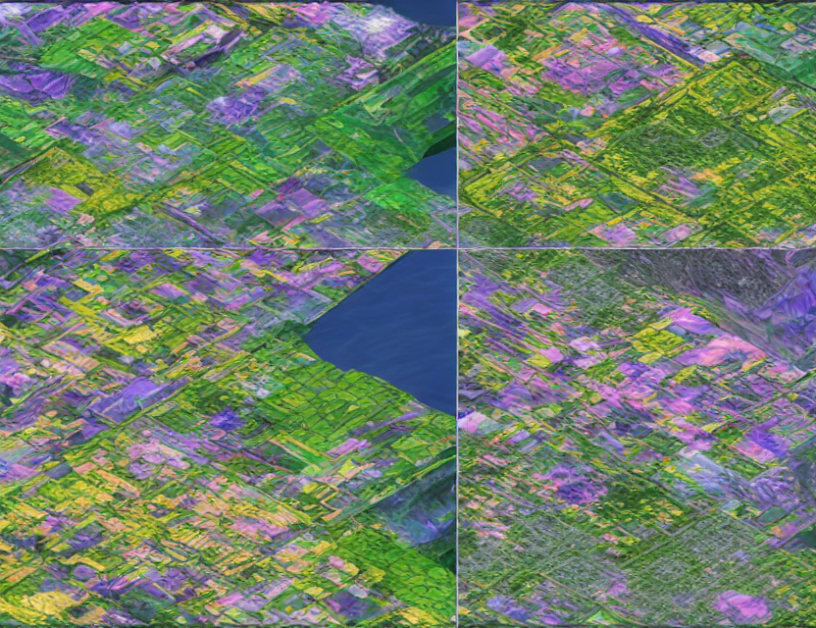Blind super-resolution is a technique used to enhance low-resolution images by exploiting their underlying structure, without requiring any additional information. The field of blind super-resolution has been growing rapidly, with various approaches proposed to solve the problem. In this article, we will delve into the current state-of-the-art methods for blind super-resolution and discuss their strengths and limitations.
Current Approaches
Modifying the Data Distribution
One of the most popular approaches for blind super-resolution is to modify the data distribution to synthesize training data. This approach has shown promising results, as it allows researchers to leverage the large amount of available data to improve their models. However, this method can be challenging when dealing with complex distributions or limited data availability.
The Generator
Another approach is to focus on improving the structure of the generator, which is the core component responsible for upscaling low-resolution images. Researchers have proposed various architectures and techniques to enhance the generator’s performance, such as using attention mechanisms or incorporating additional information like texture features.
Interpretability
While these approaches have shown great potential, there is still room for improvement when it comes to interpretability. Understanding how and why a model makes certain predictions can be crucial in developing more advanced models and improving their performance. Therefore, researchers should prioritize the development of interpretable models that provide valuable insights into the decision-making process.
Transformers
Transformers have revolutionized various computer vision tasks, including image super-resolution. Their excellent performance in capturing long-distance dependencies has made them a popular choice in many applications. However, when applying Transformers to IR image super-resolution, we need to be mindful of the unique patterns found in infrared images, such as gradient changes, which can pose new challenges for these models.
Data Hungry Cloud
As we all know, data is the lifeblood of machine learning models. However, collecting IR image samples can be a daunting task due to various reasons like dataset bias and limited availability. Therefore, it’s essential to be more thoughtful when introducing difficulties when incorporating Transformers into the IR super-resolution field.
Conclusion
In conclusion, blind super-resolution is a complex problem that has garnered significant attention in recent years. While various approaches have shown promising results, there are still challenges to overcome, such as interpretability and data scarcity. As researchers continue to develop new techniques and architectures, we can expect to see even more impressive advancements in the field of blind super-resolution. So, keep an eye out for these exciting developments and stay tuned!



